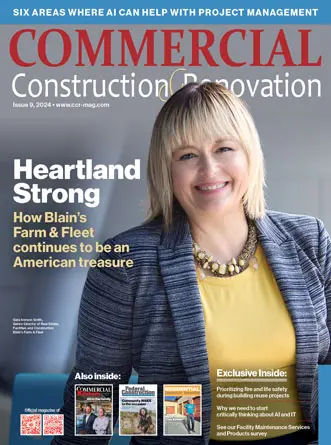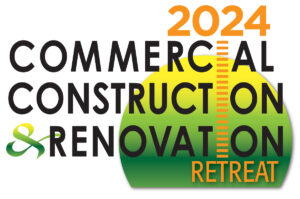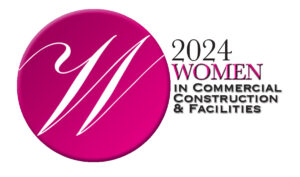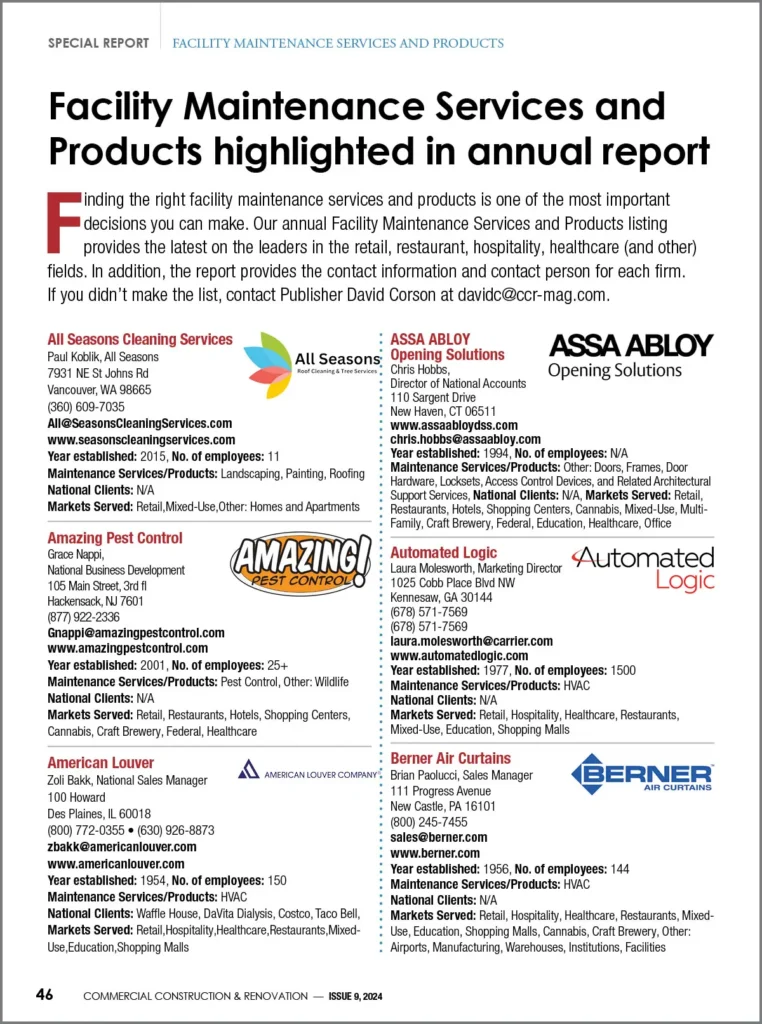Industrial lighting is a key factor in making large-scale construction projects successful. From ensuring worker safety to enhancing productivity and reducing project delays, the importance of proper lighting in construction environments cannot be overstated. In vast and complex construction sites, lighting involves precision, safety, and efficiency to meet project goals. Poorly lit environments can lead to accidents, slow productivity, and even legal liabilities. In this article, we’ll explore the critical role industrial lighting plays in large-scale construction, including its impact on safety, efficiency, and cost management.
Why Is Industrial Lighting Important?
Industrial lighting for construction projects serves several essential purposes. It helps create a safe work environment, reduces errors, increases productivity, and ensures that construction activities can proceed even during non-daylight hours. With large construction projects operating under tight schedules and in diverse weather conditions, a well-lit environment ensures work can continue smoothly, regardless of natural light availability. Partnering with industrial lighting companies provides access to reliable, high-quality lighting solutions, ensuring that your construction site remains efficient and safe throughout every phase of the project.
Enhanced Safety
Safety always comes first in any construction project, and good lighting is one of the easiest and most effective ways to ensure everyone’s safety, productivity, and quality of work. Inadequate lighting can lead to mistakes, such as incorrect measurements or improper material installation, which compromise the project’s structural integrity.
Proper lighting ensures that workers can see and inspect details clearly, whether they are protected. In large-scale construction sites, workers are often exposed to hazardous conditions like uneven terrain, heavy machinery, and complex structures. Bad lighting can easily cause slips, falls, and accidents with machinery, putting workers at serious risk.
Bright, well-distributed lighting helps workers see potential hazards clearly, especially in high-risk areas like scaffolding, trenches, and around heavy equipment. Additionally, emergency lighting can guide workers during power outages or critical incidents. This is particularly important in areas with limited natural light, such as underground or enclosed spaces.
Increased Productivity
In construction, time is money. Deadlines are tight, and any delays can be costly. Adequate lighting enables work to continue even during nighttime shifts or in low-visibility conditions, such as fog, rain, or winter months with limited daylight. Well-lit sites allow workers to perform tasks more efficiently, reducing downtime and preventing mistakes that could lead to costly rework.
Industrial lighting systems, such as floodlights or LED fixtures, provide high-intensity illumination that enables workers to focus on precision tasks. Workers can measure, cut, and install materials accurately, reducing errors and speeding up project timelines. Moreover, when workers are confident in their ability to see clearly, they can maintain a faster pace, boosting overall productivity.
Improved Project Quality
A well-lit construction site improves safety and productivity and enhances the quality of work. Inadequate lighting can lead to mistakes, such as incorrect measurements or improper installation of materials, which compromise the structural integrity of the project. Proper lighting ensures that workers can see and inspect details clearly, whether they’re reading blueprints, inspecting welding seams, or checking the alignment of beams.
Quality control teams also benefit from well-lit environments, as they can thoroughly inspect the work being done without missing critical defects. Whether it’s ensuring even surface finishes, straight lines in building structures, or accurate alignment of pipes and cables, good lighting helps ensure the project meets design and safety standards.
Energy Efficiency and Cost Management
Modern industrial lighting solutions, particularly LED lighting, have become more energy-efficient, providing a long-term cost-saving solution for large-scale construction projects. While traditional incandescent or halogen lights consume more energy and require frequent replacements, LED lighting offers a high lumens-per-watt ratio, meaning you get more light output for less power consumption.
In addition to saving energy, LED lights last much longer, meaning you won’t have to worry about constantly replacing them or performing maintenance, which can slow down construction work. The durability of LED lighting also makes it suitable for the harsh conditions typically found on construction sites, such as exposure to dust, vibration, and extreme temperatures. LED industrial lighting helps lower the overall operating costs of the construction site. This is a significant advantage in large-scale projects, where budget management is critical to project success.
Lighting Flexibility for Different Project Phases
Large-scale construction projects involve various stages, each with different lighting needs. During the foundation and earth-moving phase, broad, intense lighting may be required to cover large, open areas. As the project progresses to more detailed work, such as electrical installations and finishing touches, more focused lighting may be necessary to illuminate specific areas or tasks.
Industrial lighting systems provide the flexibility needed for different phases of construction. Adjustable and portable lighting solutions, such as tower lights, allow contractors to adapt to changing site conditions and work requirements. These systems are designed to be easily moved or adjusted, ensuring optimal lighting coverage as the project evolves.
Additionally, some advanced lighting systems offer smart features, allowing for remote control and monitoring. This enables project managers to adjust the lighting based on the needs of the site, reducing energy waste and ensuring that the right areas are illuminated at the right times.
Compliance With Industry Standards
Following safety regulations is another key part of using industrial lighting the right way. Construction projects must adhere to specific safety and lighting regulations set forth by OSHA and other industry authorities. These regulations outline minimum lighting requirements for different types of tasks and environments.
For example, OSHA recommends specific foot-candle levels for different areas of a construction site, ranging from general site areas (5 foot-candles) to finer tasks like welding (30 foot-candles). Using industrial-grade lighting systems designed for construction ensures that your project meets these standards and keeps your workforce safe.
Environmentally Friendly Lighting Solutions
With sustainability becoming more important in construction, using eco-friendly lighting options is becoming more popular. LED lighting, in particular, has a lower environmental impact due to its energy efficiency and long lifespan. These lights produce less heat, reducing the need for cooling systems, which can further save energy on construction sites.
Furthermore, modern lighting systems are often designed to be recyclable and contain fewer hazardous materials than traditional bulbs. Construction companies can lower their carbon footprint and help the industry move toward its sustainability goals.
Final Thoughts
Industrial lighting is a foundational element of large-scale construction projects. It enhances safety, boosts productivity, improves project quality, and reduces costs through energy efficiency and long-lasting performance. With modern, eco-friendly lighting options like LEDs, construction projects can benefit from reliable, high-quality illumination that meets both safety regulations and sustainability goals. Whether it’s creating safer work environments, enabling 24/7 operations, or ensuring high-quality craftsmanship, industrial lighting is indispensable in driving the success of large-scale construction efforts.








 The 2024 virtual Men’s Round Table will be held Q4, 2024, date TBD.
The 2024 virtual Men’s Round Table will be held Q4, 2024, date TBD.













